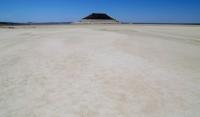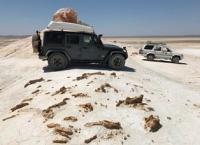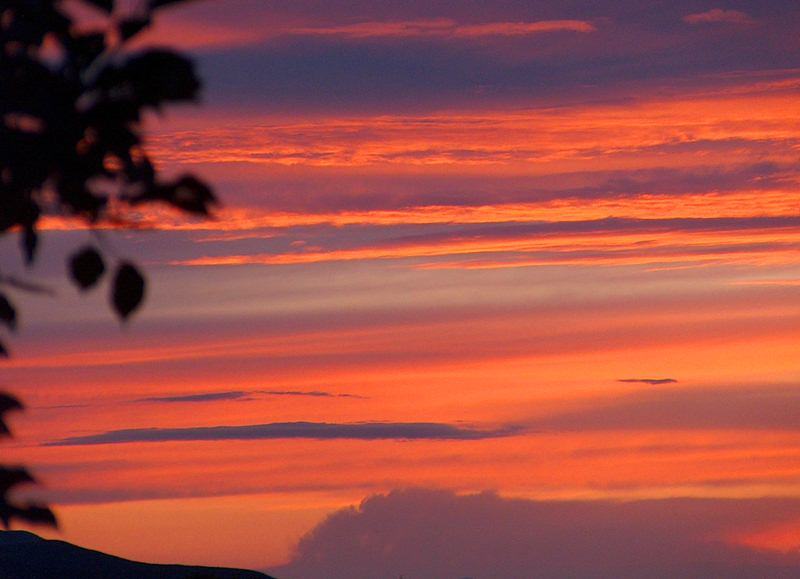Вы здесь
Takyr soil of Central Asia.



Adventure tour in Central Asia.
“Nature has no principles. She makes no distinction between good and evil”
Anatole France.
Package tour in Central Asia & Tajikistan.
In peculiar conditions, the takyr soil landscape characteristic of the Central Asian deserts is being formed. Takyr soil is most often found in spots (fragments) among other types of landscape (like the landscape of saline deserts), but in the strip between the foot of the Kopetdag and the Karakum they form vast spaces.
Landscape takyr soil has not yet found its clear place in the classification of desert landscapes. In the detailed classification of deserts proposed by M.P. Petrov, takyr soil deserts stand out as a special type. In the former, more general classifications (D. N. Kashkarov and E. P. Korovin and others) they were not reflected.
Since soils of takyr soil are in most cases saline, this landscape, among the main types of deserts identified by us, occupies an intermediate position between clay deserts (of both zones) and saline soils. Takyr soil is distributed mainly in the ancient river deltas (Amudarya, Syrdarya, Murghab, Tedzhen, Kashkadarya, etc.).
Lower parts of the foothill plains (At Kopetdag, at the western spurs of the Gissar ridge) and in the flat between the ridge depressions of the sandy desert Karakumy and the Karakumy and the Karakumy and the Karakumy and the Karakumy and the Karakumy and the Karakumy and the Karakumy and the Karakumy and the Karakumy and the Karakumy and the Karakumy Mountains and the Ridgelands of the Gissar Range).
This landscape is especially well developed in the southern zone (subtropical deserts). The landscape of takyr soil is confined to the areas of distribution of clay sediments of alluvial and alluvial proluvial origin. These are flat clay spaces with extremely thinned higher vegetation or completely devoid of it.
The bare, very dense clay surface takyr soil is highly cracked and forms small polygons like parquet or paving stones. Located in depressions of the relief, takyr soil is periodically flooded by snow, flood or mudflow waters, turning into temporary shallow lakes.
Flooding contributes to the deposition of sludge from thin tormented clay and silt particles, which, when dried, sometimes exfoliate in the form of films of "desert papyrus". When flooding on takyr soil algae develop, during a break in flooding - lichens.
Higher plants can also settle on takyr soil, and then takyr soil type soils (the takyr soil itself becomes so-called takyr soil. Soils of the takyr soil type are clay and heavy clay, dissected from the surface by cracks into polygonal separations, on the surface are dense, grayish with a pale-yellow shade, shiny and smooth, sometimes rough and small-tuberous.
p to a depth of 3 – 5 cm, a pale yellowish, large porous crust is traced, and deeper, up to 10 – 15 cm, a darker brownish or brownish loose horizon. Even deeper lies a dense unclearly lumpy horizon, from a depth of 20 - 40 cm imperceptibly turning into the parent rock.
In this horizon, and sometimes higher with strong salinization, salt excretions are observed. These soils are poor in humus (0.3 – 0.8%), strongly carbonate from the surface, usually saline. When moistened, they swell and almost do not let water in deep, and when dried they turn into a solid mass that is inaccessible to the roots of plants.
On the described soils, actually takyrs soil, lower plants dominate - blue green algae and lichens. In early spring, the bare surface of a typical takyr soil is covered with a thin film of algae and single small ephemera, and by the autumn, short-growing one-year-old saltwort often appear along the cracks.
On takyr soil with less compacted soils, large shrubs - Black Saxaul (Haloxylon aphyllum), hodgepodge (Salsola rigida, S. gemmascens, etc.) and Artemisia (Artemisia herba-alba in the south and A. terrae-albae to the north) settle, not forming turf. In this case, takyr-type soils are replaced by takyr soil soils, which were previously called primitive serozem-like soil.
The structure of the takyr soil soils are similar to those of typical takyr soil: they have the same horizons, but less pronounced, which is explained by a lighter (loamy) mechanical composition, also little humus (0.4 - 1%), strongly carbonate and more part saline.
In areas occupied by this kind of takyr soil landscape, in the depressions there are spots of typical takyr soil. The spaces of typical takyr soil are very difficult to develop due to poor water physical properties of soils, their almost universal salinity, poor natural drainage, which makes it difficult to combat secondary salinization.
It is easier to develop for irrigated agriculture areas with takyr soil soils.

Authority:
N. A. Gvozdetsky, N. I. Mikhaylov. "Physical geography of the USSR. Asian part. The edition third corrected and added. Moscow "Thought" of 1978. http://tapemark.narod.ru/geograf/1_5_5.html
Photos by
Alexander Petrov.







